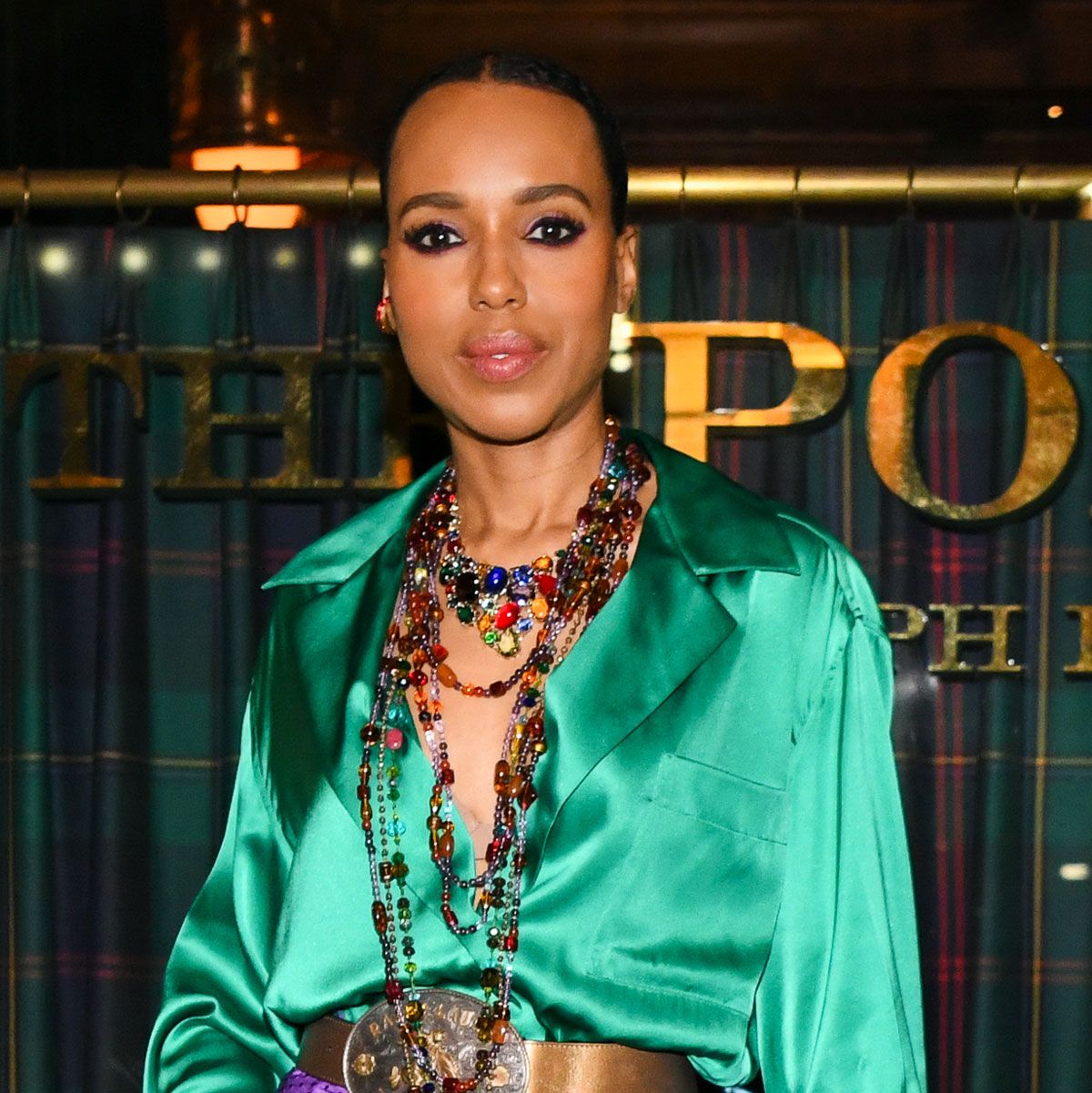Analyzing the GIrlhood Trend Taking Over the Internet
Two thousand twenty-three’s undeniably girly fashion zeitgeist is a direct symptom, we’d argue, of this digital discourse. Enter the bow-embellished, ruched, ruffled, and lacy styles of brands like Simone Rocha and ShuShu/Tong. And while many trends may gain popularity within niche fashion groups, this one’s also backed by widespread purchasing power. When Miu Miu re-released its 2000s-era ballet flats in delicate satin, they were an instant hit (searches for them were up 75% between March and September). In Lyst’s Year in Fashion 2023 report, the younger sister to Prada took the Brand of the Year spot for the second year in a row, proving the strength trends like these have in the sartorial landscape.
While the aesthetic is reminiscent of one’s childhood, it also has been modernized by brands that mix current trends with whimsical and feminine details. Designers like Tory Burch and Balmain (who already have their own distinct identity) are still adding subtle nods to the trend within their recent collections. Amongst a sea of neutrals, Burch managed to fit in a bubble-gum pink mini dress seamlessly into her S/S 24 collection, which was promptly worn by Hailey Bieber. Olivier Rousting filled Balmain’s runway with rose-buttoned corsets, layered mini skirts, and floral motifs mixed with his classic bold designs.
Nostalgia is a repetitive element entwined into fashion. In times of crisis, it makes sense for designers and consumers to both revert to what provides them comfort. As Sandy Liang told The New York Times backstage before her spring/summer 2024 runway show, “I’m obsessing over something I can no longer return to.”
Source link




